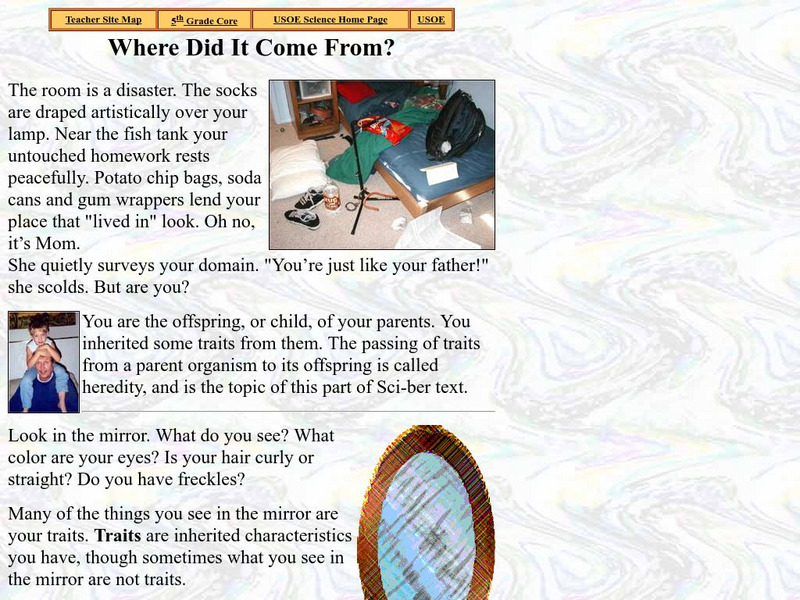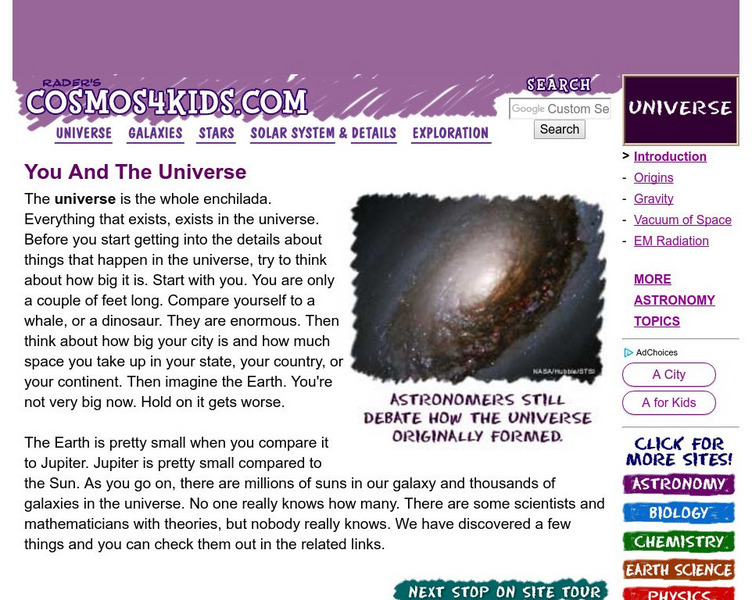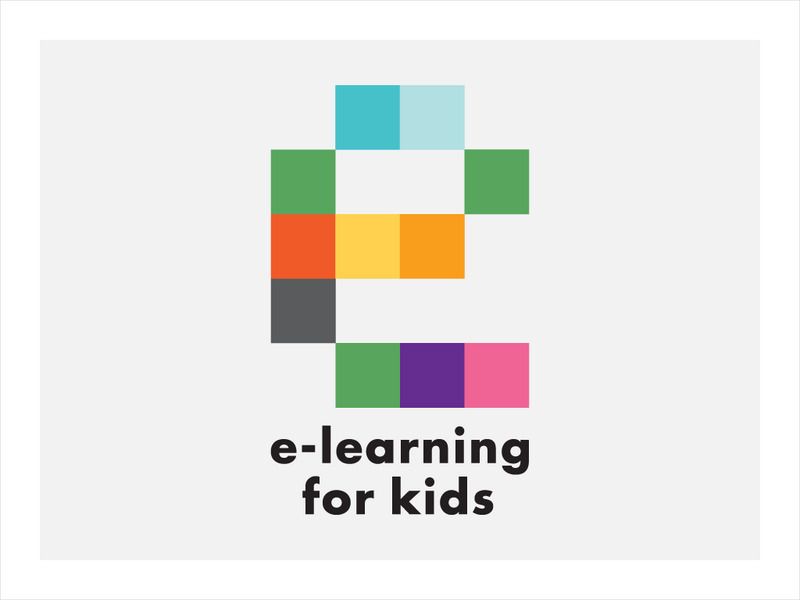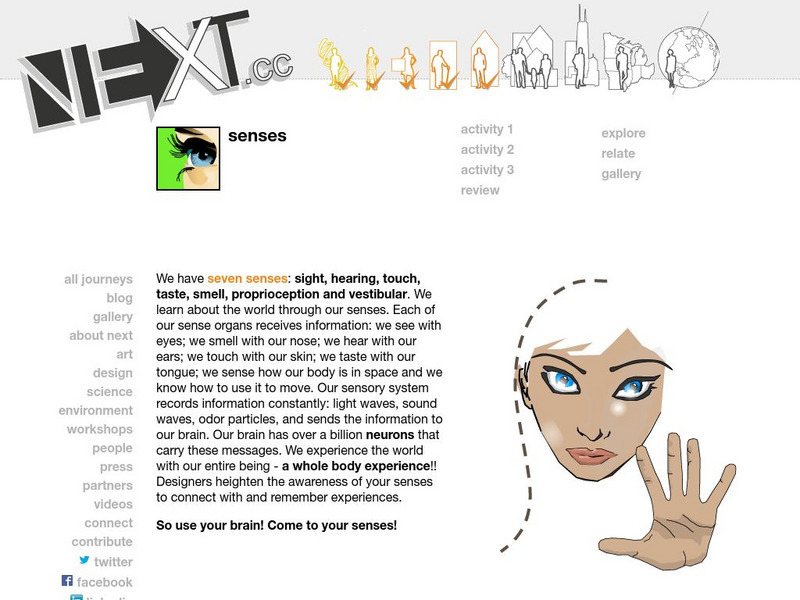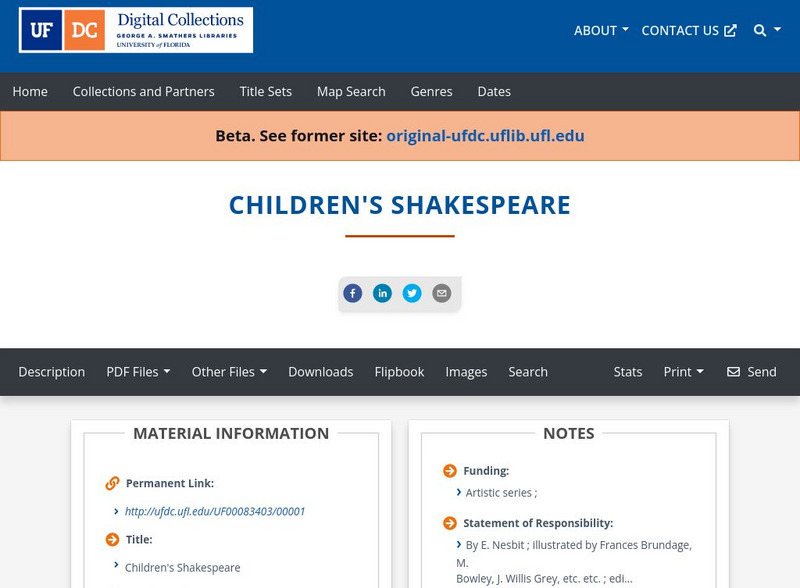Chem4kids
Chem4 Kids: Symbols in Chemical Equations
Chem4Kids! provides an overview of the symbols representing numerical values in chemical equations. Each symbol is defined and described.
Chase Young, PhD
Dr. Chase Young, Ph D: Reader's Theater Script: Rump and Ugla [Pdf]
A reader's theater script for the modern fairy tale, Rump and Ugla, is provided on these pages. Six character roles are needed in this activity.
PBS
Pbs Kids: Design Squad: Build: Balance Magic
See if you can balance a sculpture on the end of a toothpick!
Daily Teaching Tools
Daily Teaching Tools: Responding to Literature Forms
This Daily Teaching Tools resource provides graphic organizers including a book critique form, response journals, adding an ending, and book log.
US Department of Energy
Need Project: Solar Oven [Pdf]
An introduction and activity to engage students in building a solar oven.
Other
New York State Education Department: Eighth Grade Math, Book Three (2006) [Pdf]
Part three of three; The March 2006 8th grade Math test from the State of New York. The test is 12 open-response questions dealing with topics such as algebra (solve for a variable, write function rules), geometry (translations, parallel...
Chem4kids
Chem4 Kids: Atoms
This site provides a detailed overview of atoms. Content explores an atom's structure, as well as what ions are, how atoms bond, what compounds are (including how to name compounds), and what isotopes are.
Annenberg Foundation
Annenberg Learner: Patterns in Mathematics: How Many Valentines?
Students look for patterns to determine how many valentines will be distributed in a class of 28 students. After trying the problem, they can look at several other methods that could be used and compare the answer they got. There is also...
Utah State Office of Education
Utah Science: Where Did It Come From?
Is your room a mess? Does your nose have freckles on it like your mom's? Are your eyes the same color as your dad's? Which one of these things does not belong in lessons about heredity? Give these investigations a whirl while learning...
Utah State Office of Education
Utah Science: Matter
Discover atoms and molecules which make up matter, motion of atoms and how to measure the mass, volume and density of matter.
American Museum of Natural History
American Museum of Natural History: Create Your Own Time Capsule
By making time capsules, we can decide what message to send to the future about our own lives. If it were discovered years from now, what would the objects say about you and the time you lived in?
American Museum of Natural History
American Museum of Natural History: Trip Up Your Brain
Try this trippy experiment to fool your brain.
Cosmos 4 kids
Cosmos4 Kids: You and the Universe
What is the universe? Learn about this topic in this reference article which includes a video that discusses a finding of a distant galaxy by NASA's Hubble.
E-learning for Kids
E Learning for Kids: Science: Titanic Shipwreck: What Are Food Webs?
Jorge is a cook in an underwater restaurant. He knows a lot about food webs. Dive in and learn about it with him.
American Museum of Natural History
American Museum of Natural History: O Logy: If Rocks Could Talk: Sandstone
A simple explanation of how sandstone rock is formed.
PBS
Pbs Learning Media: Importance of the Origin
The CyberSquad tries to rescue the Cyberchase Council, which is being held captive by Hacker in this video segment from Cyberchase.
Scholastic
Scholastic History Mystery: Civil Rights Movement: Game 2
Learning game in which students solve a mystery and complete the puzzle with the fewest clues in the Civil Rights category.
Next.cc
Next: Senses
Investigate your sensory system by engaging in the activities provided. Includes links to explore related sites pertaining to senses.
PBS
Pbs Kids: It's My Life: Body: Puberty: Whole Lotta Changin' Goin' On
An overview of the physical changes that girls and boys undergo as they go through puberty, including voice changes, skin changes, and menstruation.
Beacon Learning Center
Beacon Learning Center: Sam's Similar Shapes
Students learn about and practice identifying similar figures in this interactive web lesson.
University of Florida
Baldwin Library: The Children's Shakespeare
A scanned copy of the 1895 publication of The Children's Shakespeare by Edith Nesbit, a fiction book for children.
Beacon Learning Center
Beacon Learning Center: Did I Read?
Explicit and implicit information are reviewed in this lesson. Students will choose a part of the body and then read a short passage that explains what it does. Students will answer three questions over the passage and then determine...
University of Florida
Baldwin Library: My Father's God
A scanned copy of the 1851 publication of My Father's God by Daniel Parish Kidder, a nonfiction book for children.
Polk Brothers Foundation Center for Urban Education at DePaul University
Depaul University: Center for Urban Education: Improve an Argument [Pdf]
This resource provides a downloadable worksheet. Students will read a nonfiction article and then answer scaffolded questions that will help them determine the strength of evidence presented in the argument. Then students will provide...



![Dr. Chase Young, Ph D: Reader's Theater Script: Rump and Ugla [Pdf] Activity Dr. Chase Young, Ph D: Reader's Theater Script: Rump and Ugla [Pdf] Activity](https://d15y2dacu3jp90.cloudfront.net/images/attachment_defaults/resource/large/FPO-knovation.png)



